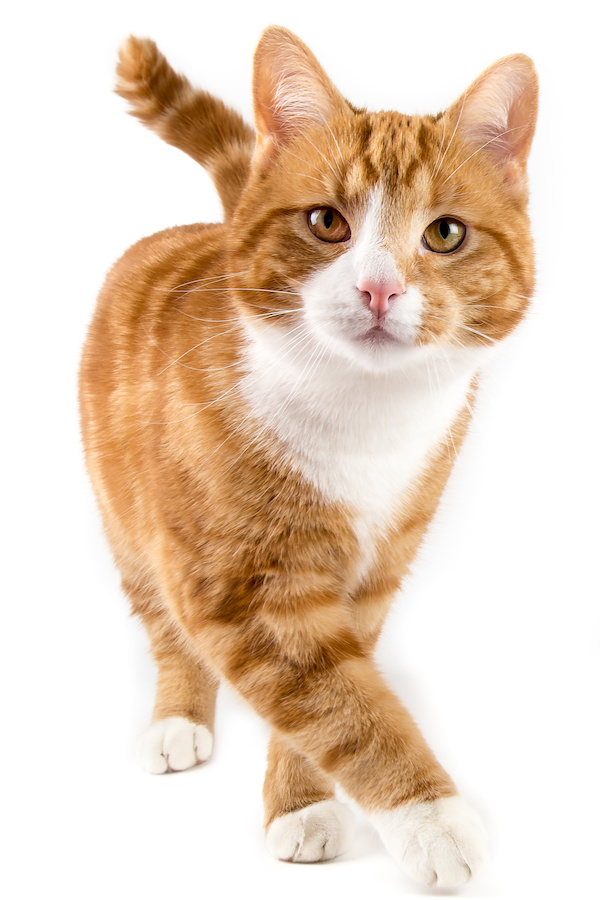
Welcome back to our quarterly blog series, Check Up with Blum! With each entry, we are discussing a topic about canine or feline health that affects your Chicago pet! Join us this month as we cover a new topic with Dr. Sarah Baker of Blum Animal Hospital and learn about how you can help keep your best friend healthy and happy in the big city!
This time on Check Up with Blum, we are talking about reading your cat’s body language! Recognizing the signs of fear, anxiety, and stress in your pet is an important part of helping them feel happier in life. Once you know the signs for what makes your cat stressed vs what makes him or her relaxed, you can take steps to make your kitty feel relaxed more often! Read on to learn more about your cat’s body language!
When considering body language, how do I know that my cat is happy and relaxed?
According to Dr. Baker, relaxed body language in your cat, especially when greeting or interacting with you or another person, would look like:
• tail up
• neutral ears (not laid back on their head)
• normal pupils (not dilated)
• trying to rub their cheek on a person or object
How do I know when he or she is stressed or otherwise upset?
Dr. Baker states that stressed or defensive body language in a cat can be characterized by:
• looking almost frozen
• back arches
• large, dilated pupils
• legs tucked under them all the way
• movement with an open mouth that is growling or hissing
The kind of displays above mean your cat is actively trying to escape their current situation.
To learn more about these basic body language signs, take a look at the FAS handout on this page.

How much can you tell about a cat’s stress levels from a tail wag?
According to Dr. Baker, tail wagging can mean different things for a cat! A happy wag in a cat is above their back with a soft curve, gently moving back and forth. A tucked tail, curved around their body, thumping or wagging with forceful movement signifies an unhappy wag for the cat.
What should I do if I realize that my cat is feeling stressed or fearful?
Dr. Baker states that the right thing to do to help your kitty feel relaxed can vary from cat to cat. Some cats will prefer their own space while others love extra attention with foot/treats, cat nip, and grooming. You know your cat’s personality best, so make sure to do what you know makes them feel happy!
In addition to recognizing fear, anxiety, and stress in my cat, how can I best recognize medical ailments in my pet who is so good at hiding those?
Dr. Baker agrees that cats are the BEST at hiding when they do not feel well! As a cat owner, you know your cat’s habits best. Any deviation from normal can be a sign that a veterinary trip is worthy. Reclusiveness, a decreased appetite, new litter box habits, changes in thirst, vomiting, and vocalizing are just a few ways they can show their ailments.
For a fear free happy home, you want to be able to best interpret your cat’s needs and reading body language is the best way to differentiate fear, anxiety and stress from calm, relaxed behavior. If you ever suspect that your cat is not behaving normally or is overly stressed, do not hesitate to reach out to your veterinarian!
Thank you to Dr. Sarah Baker at Blum Animal Hospital for her insight into helping to read our cats’ body language! We appreciate her hard work in making sure that every Chicago pet has the best life possible!
Blum Animal Hospital is located at 3219 N. Clark Street and has been caring for Chicago’s pets since 1952. They have been accredited by the American Animal Hospital Association (AAHA) since 1972. To learn more about Blum, their Fear Free certification and the calming techniques they use, check out their website!
Windy City Paws is a Chicago dog walker and petsitter committed to providing helpful information to Chicago dog and cat owners through its blog.


